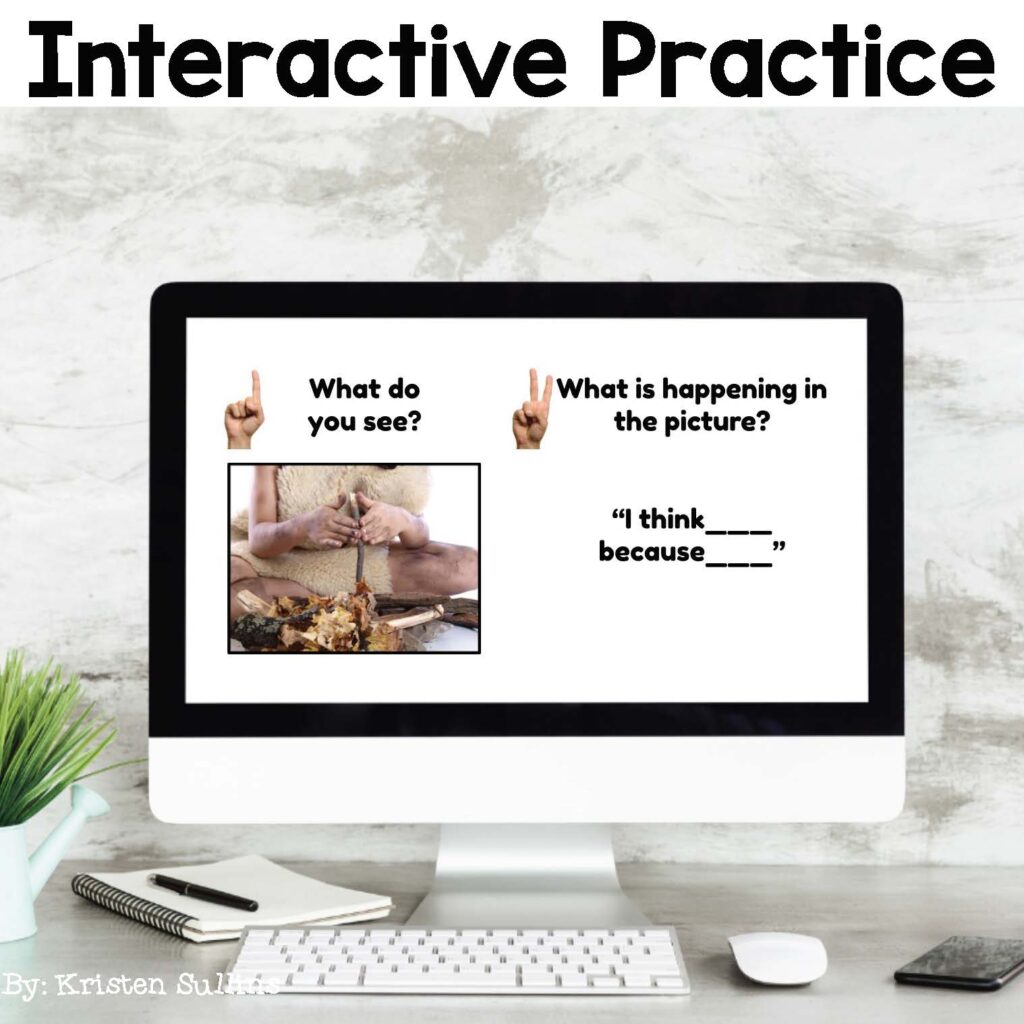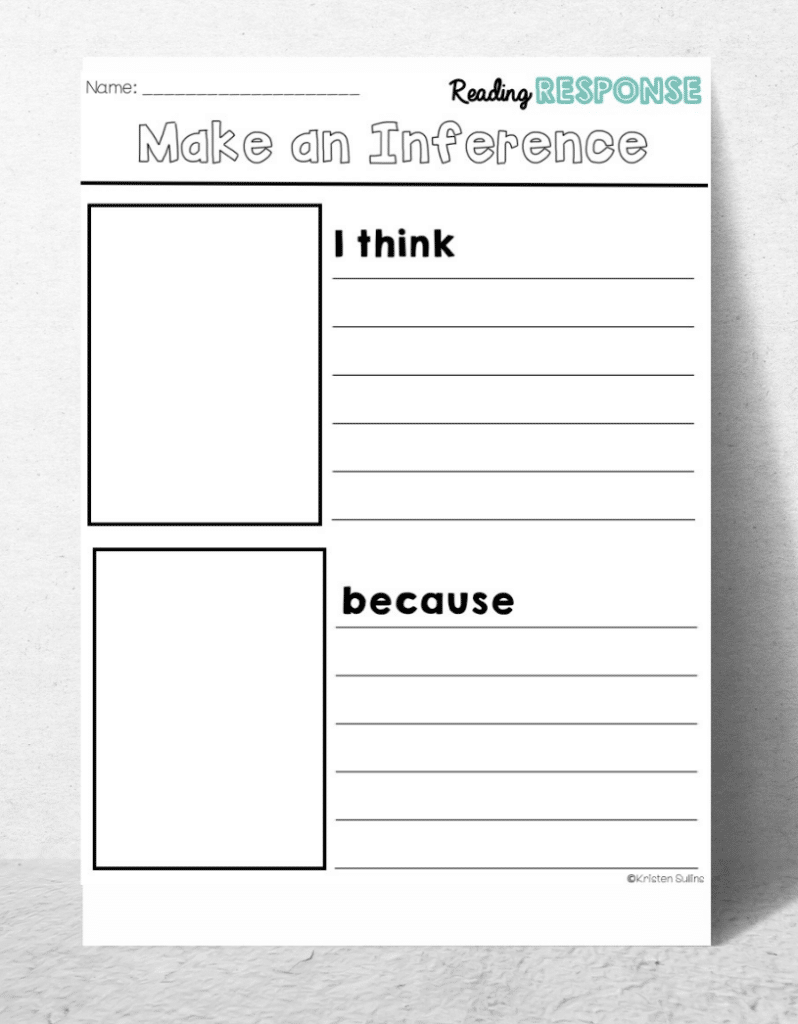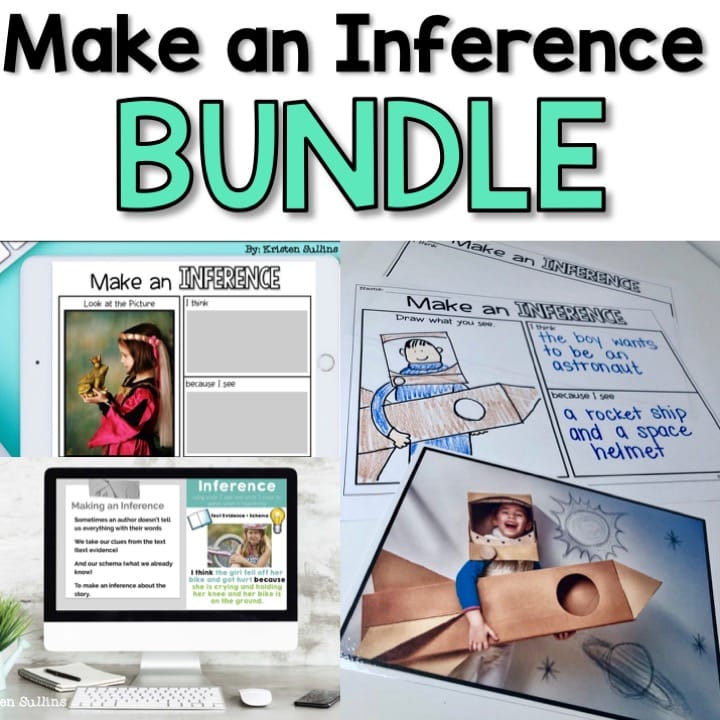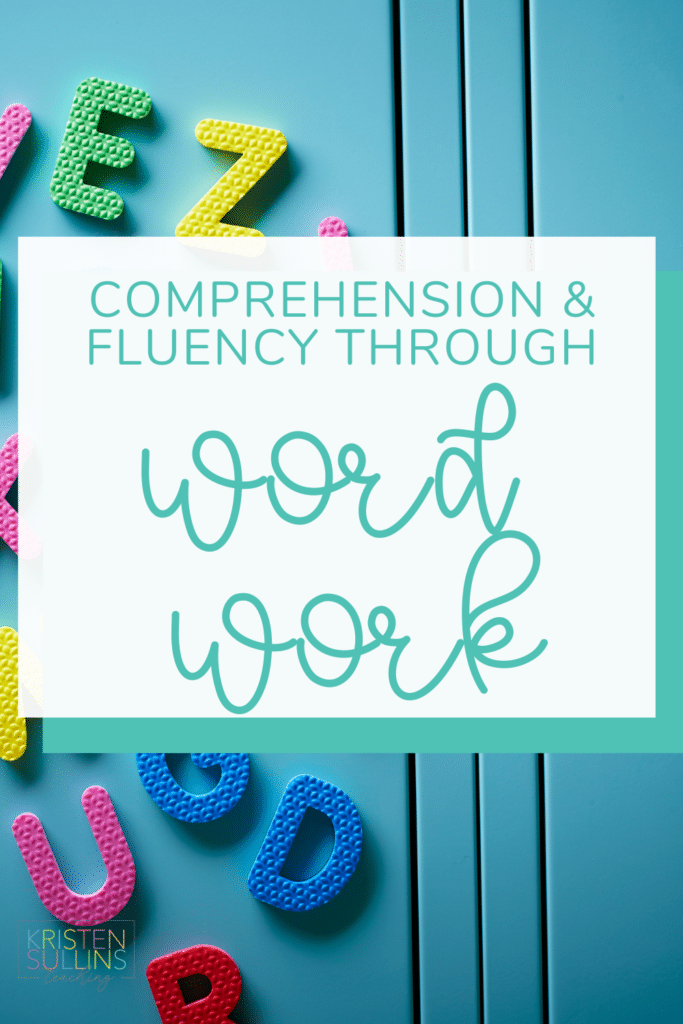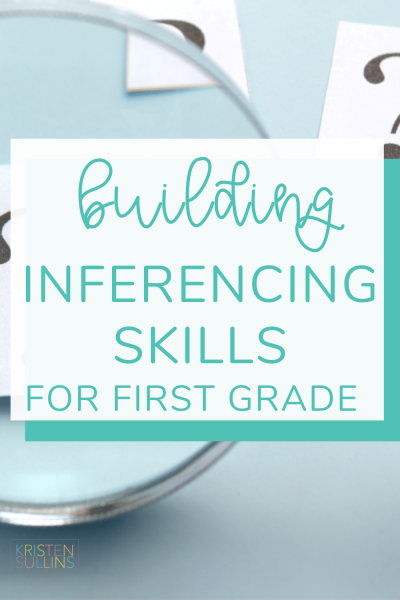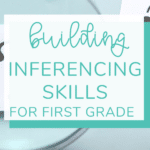Ever wonder how to turn those puzzled looks into “aha!” moments when teaching first grade students to identify problem and solution? You're not alone!
Text analysis is like the Sherlock Holmes of education – it's all about sleuthing out the hidden gems buried in words. But fear not, because I’ve got your back!
In this blog post, we're diving into the nitty-gritty of teaching students how to crack open texts like a pro.
Here are four steps for effectively teaching problem and solution in first grade:
Step 1: Understand the relationship between a problem and solution
Step 2: Explore different types of problems based on different text types
Step 3: Brainstorm and predict what they think the solution could be
Step 4: Identify the point in the text where the problem is resolved
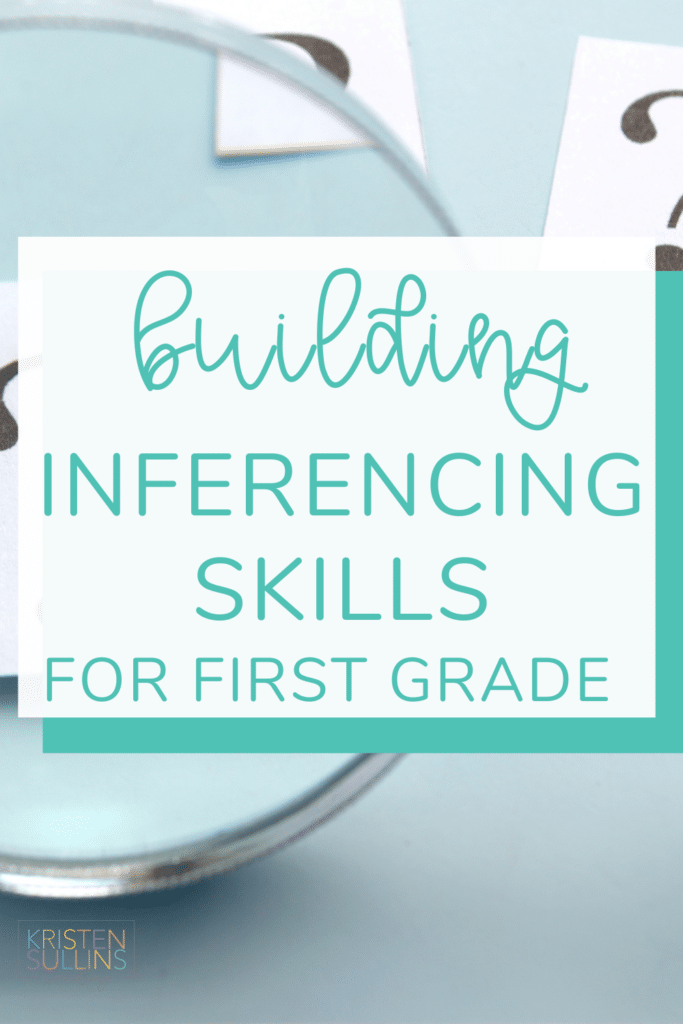
Step 1: Understand the relationship between background knowledge and making an inference
If you have ready any of my other posts about teaching reading comprehension, you know how much value I put into starting a unit with non-text activities. Why?
If you teach lower elementary, then you know that there is SO much that goes into the comprehension of a book. First grade students are learning so much at this age and even listening comprehension requires their little brains to work so hard.
Why do I bring this up?
Because I want you to think about how hard they are ALREADY working when they are listening to a read aloud and when you use a mentor text to introduce a NEW SKILL, most students’ brains go into overload!
So, let me dive into one of my favorite ways to introduce a reading comprehension skill and this one may surprise you, but it’s a… SLIDESHOW!
I know what you are thinking, how boring! But not if you make it interactive!
This is an activity that would be super easy to make yourself or with your teaching team, but it should essentially include:
- Teaching Slides: Introduces students to WHAT the skill is
- Guided Practice: Introduces students to HOW to apply the skill
- Interactive Practice: Gives students an example and allows them to PRACTICE the skill in an easy and concise way
By providing students with chances to participate in the slideshow and get their bodies moving by physically showing their answers, students are much more likely to better understand the skill of making an inference!
Step 2: Explore different types of inferences based on different text types
Before you start teaching, make sure you give your students a clear understanding of the comprehension strategy: Make an Inference.
There can be several types of inferences you can make in a story depending on the text structure and genre.
Types of inferences that a first grade student should be able to make include:
- Drawing Conclusions (an inference based on more than one piece of information)
- Generalization (broad statement)
- Prediction (anticipate future events)
Things first grade teachers can do to help build the foundation for making an inference:
- Modeling the process of reading part of a text, then talking out loud of their particular background knowledge that helps them make an inference
- Talk about inferences during every class read-aloud or mentor text
- Asking students to explain their inferences to the class so they can hear different perspectives
Modeling the skill of making an inference and repeated exposure is the focus of your whole group lesson. Don’t be afraid to get creative!
Vocabulary to Know:
Inference: a logical guess made by connecting bits of information
Evidence: specific details or facts that support an inference or idea
Teaching Tip:
There can be several problems in a story, but you can almost always identify one major problem and one major solution. Have students evaluate what they think the MOST important problem and solution was. Also, different characters can experience different problems/solutions.
Comprehension Goals:
Making inferences may include:
Combining details read, heard, or viewed, including text/print or graphic features, with background knowledge in order to go beyond a literal interpretation of the text
Generating inferences about author’s purpose, message, plot, characters, topic, settings, events, etc.
Considering the speaker/author, topic, and context when making inferences
Inference — a logical guess made by connecting bits of information
Types of inferences include:
Drawing conclusions — a form of inference that is generally based on more than one piece of information
Generalization — a form of inference in which the reader makes a broad statement about a group of people or things Prediction — a form of inference in which the reader anticipates and foresees forthcoming events and information
Bonus Teacher Tip: Save planning & instructional time by re-purposing activities
Do you ever look at other teachers and think “How are they ‘fitting it all in’”? Well.. first of all, they aren’t. BUT, they are able to do a lot more by repurposing what they are using!
What do I mean?
Intentionally plan activities that you can use to introduce a skill whole group, then use it again to re-teach at your small group and then integrate them into independent work stations.
It is also very helpful to be intentional about which mentor texts you are going to use during that unit that you can reference again in other units! For example, Knuffle Bunny by Mo Willems is an excellent mentor text for problem and solution, but it is also a great book to re-visit again during Understanding Character or Making Inferences!
You will save tons of time by reading it once, then simply referencing it the second time!
Step 3: Practice Inferencin Skills with a Photograph
I have found a lot of success by having my students building their inferencing skills with a writing station.
In this writing and comprehension station, students look at a photograph and make an inference as to what they think is happening. They draw what they see in the photograph. The complete the prompt “I think ___ because ___”. The goal is to have them using “evidence” from the photograph to support their inference.
For students who need additional support, you can work one-on-one or in a small group and “think aloud” or model your own inferences about the photograph and point out your reasons (evidence) as to why you made that inference.
For example, “I think the girl fell off her bike and got hurt because she is crying and holding her knee and her bike is on the ground.”
We do one together as a class for guided practice.
Then, this activity goes into their stations for Guided Reading.
The best part about this activity is that you can leave it out for several weeks because each time students can choose a new picture!
The key to making this station activity work is to make sure the students are EXPLAINING their inference.
Students must write “I think___” but the most important part is “because I see”.
It forces students to start identifying text (or picture) evidence which is crucial in the coming years.
Step 4: Backup your Inference with Evidence and Reasoning
You are starting to near the end of your make an inference unit and you need to know who is getting it and who needs more support!
Which means it is time to start assessing with reading response sheets.
These reading response sheets are generic for a reason – it saves you time as a teacher to use them over and over with as many books as possible, but it also allows students to focus on the skill of problem and solution rather learning the format of a new assessment.
You want to be able to assess which students can not only make an inference about a text, but also back up that claim with text evidence and sound reasoning (be able to discuss their response).
I use the same reading response page as my:
-assessment
-independent work (practice)
-small group
-station work
-intervention
If you don’t want to print and copy something, you can teach students how to fold a piece of paper in half and write the problem on the left and the solution on the right; OR you can have them write the problem on the top and the solution on the bottom. This strategy makes an incredibly easy reading comprehension station activity!
Make an Inference Activities for First Grade
Ready to have all of your resources for teaching “Make an Inference” in one place?
This is your one-stop shop for teaching your students how to make an inference in a text.
I’ve included lesson plan ideas, a writing station, a digital station and an interactive slideshow!


